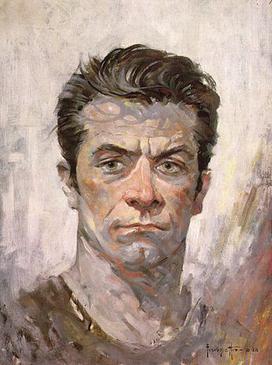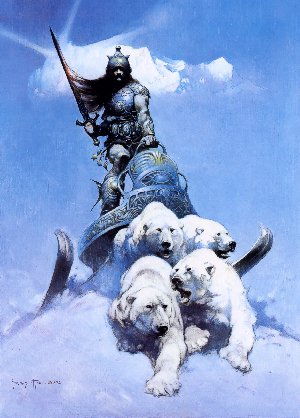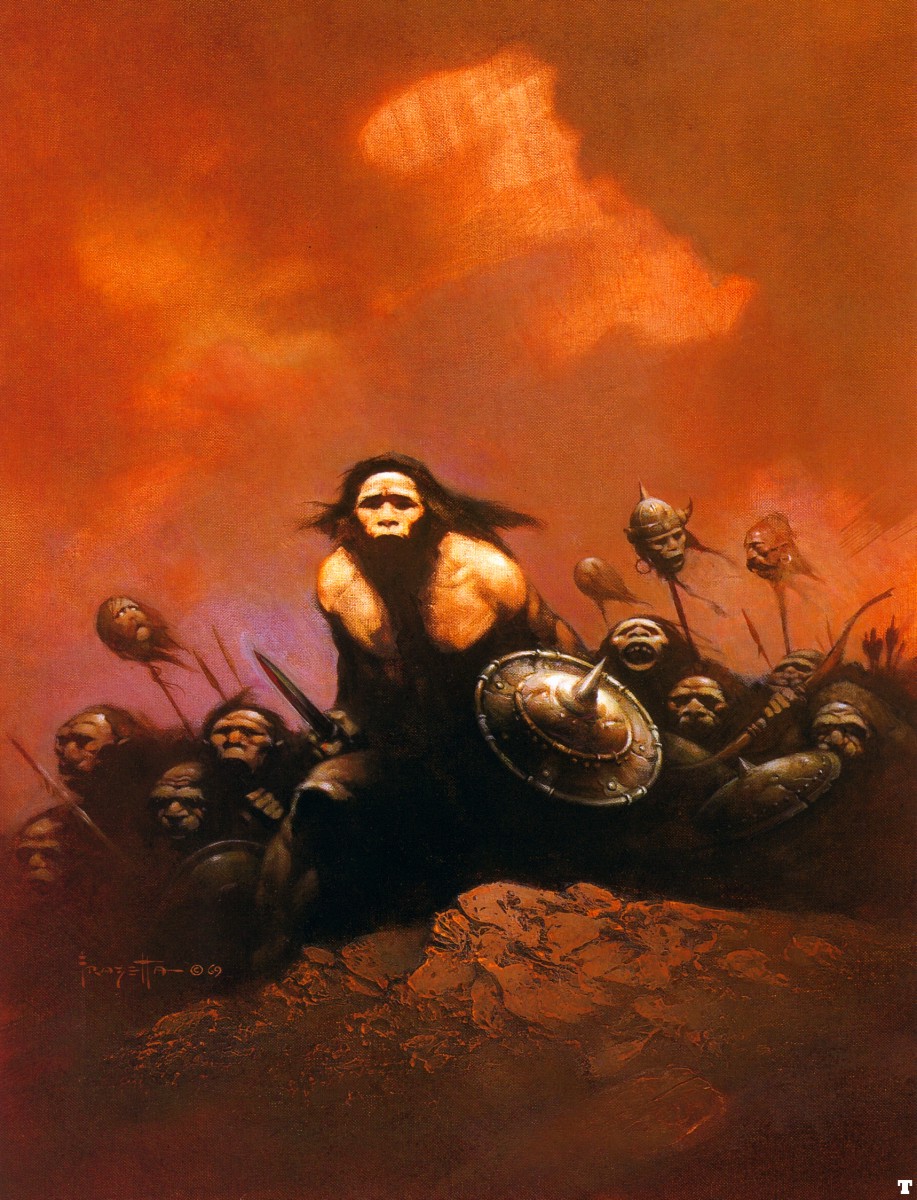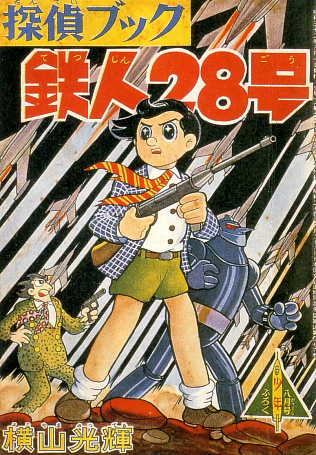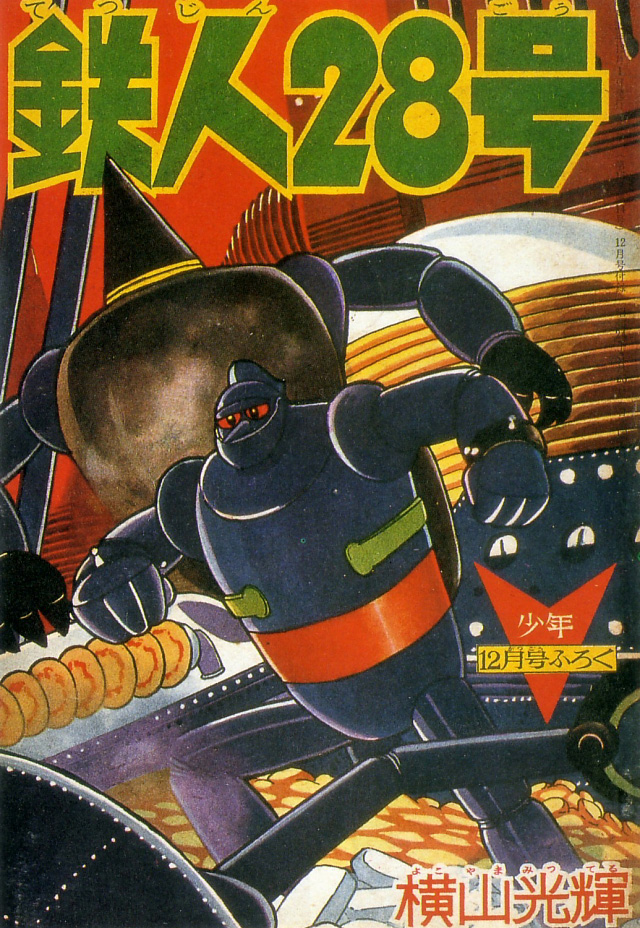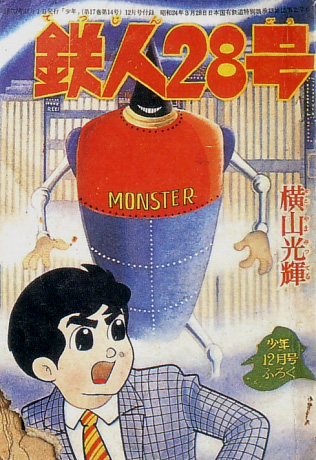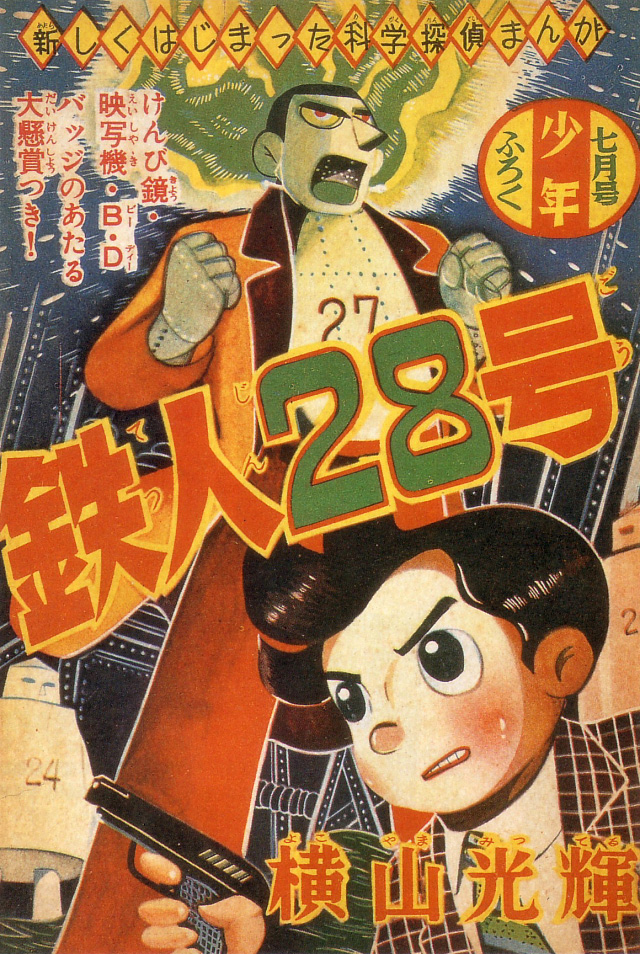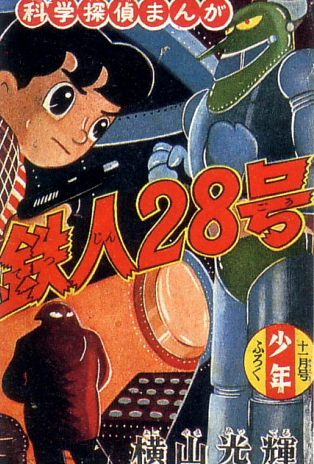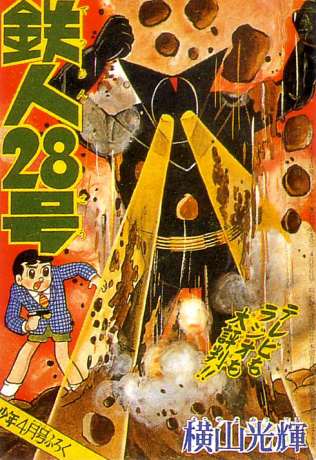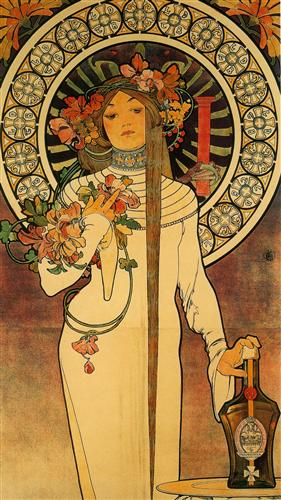·
Artist
Spotlight: Phillippe Druillet
·
Introduction:
If I remember correctly, I first learned about Druillet while I was searching
through a retro 70s sci fi art blog. The art that he made that caught my
attention was this little delight:
It
peaked my interest so I did more research and I fell in love with his work.
·
Personal:
Phillippe was born in 1944 in Toulouse, Haute-Garonne, France; but spent most
of his childhood in Spain, before returning to France in 1952 after the death
of his father. At the time his family had no work and no money.
Phillippe wished he was born into a wealthy family with a castle, furniture,
and books. Since his family wasn’t educated, so his access to books and
culture required sacrifice. Philippe has also mentioned his family has
origins from: the south-western part of France, Gers, Toulouse, and Bayonne
along with every type of social class from: peasants to noblemen, to thieves,
and to soldiers. However he also enforces the idea that what matters is
the life you lead.
Philippe Druillet
Age: 15
·
Career:
Philippe’s first job was a photographer. With this profession he greatly
struggled for a few years before eventually ditching it to make comics.
His initial debut was 'Lone Sloane, le Mystère des
Abîmes which translates to Lone Sloane, The Mystery of the
Abyss. The story is set 800 years after an apocalyptic event
called the “Great Fear”. The story follows Lone Sloane whose ship is
destroyed and is thrown to another dimension where he becomes a space rogue and
freebooter with mysterious powers. He also is wrapped up in an
inter-galactic struggle between space pirates, giant robots, dark gods, and
other interdimensional sentient beings. Kind of like Han Solo + Silver
Surfer + Call of Cthulu. His stories often take inspiration from his
favorite writers such as Van Vogt and Lovecraft with the art having a puzzling
and infinite feel of M.C. Eschar. His
work is known for being dark and psychological. While it was being published he
was also working as a comedian. In 1970 he worked for the magazine Pilote
and his stories of Lone Sloane slowly became more flamboyant with its
popularity. While working there he was also given the nick name “Space
Architect” for his structures being inspired by Art Nouveu, Indian Temples, and
Gothic Cathedrals, being placed in a sci fi setting. The adventures and
tales of Lone Sloane were compiled into a single book called Les six voyages de Lone Sloane, which has been praised
as a masterpiece. Aside from working heavily in the fields of being a
cartoonist and illustrator he has also delved into the fields of architecture,
rock opera, painting, sculpting, and digital art.
·
Significance:
He is one of the most influential French Authors. He is known for his
bizarre science-fiction stories. As stated before he’s taken inspiration
from authors like A.E. van Vogt and H.P. Lovecraft. He’s also applied the
infinite feel of M.C. Escher to his work. Also working in architecture
hes applied his knowledge to his art creating beautiful backgrounds to his
work. He was also one of the creators and most famous contributors to the
magazine Metal Hurland/Heavy Metal (U.S. release). His work has also been
hailed for it’s dark themes, beautiful artwork, and amazing story telling.
·
Works:
- Lone
Sloane, 1966
- Salammbo,
1980
- Nosferatu,
1989
·
Sources:








